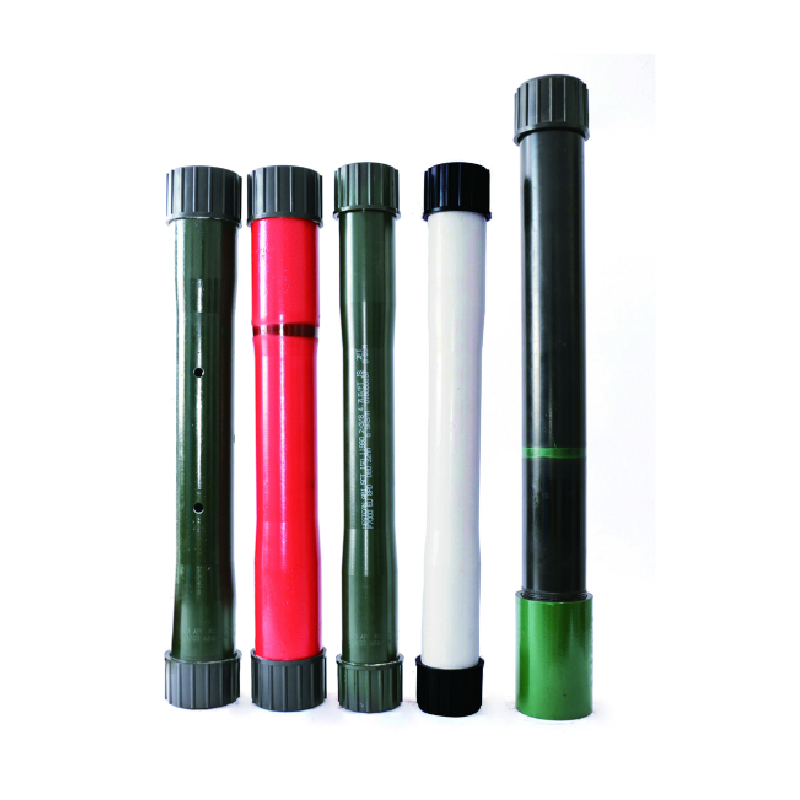- Afrikaans
- Albanian
- Amharic
- Arabic
- Armenian
- Azerbaijani
- Basque
- Belarusian
- Bengali
- Bosnian
- Bulgarian
- Catalan
- Cebuano
- Corsican
- Croatian
- Czech
- Danish
- Dutch
- English
- Esperanto
- Estonian
- Finnish
- French
- Frisian
- Galician
- Georgian
- German
- Greek
- Gujarati
- Haitian Creole
- hausa
- hawaiian
- Hebrew
- Hindi
- Miao
- Hungarian
- Icelandic
- igbo
- Indonesian
- irish
- Italian
- Japanese
- Javanese
- Kannada
- kazakh
- Khmer
- Rwandese
- Korean
- Kurdish
- Kyrgyz
- Lao
- Latin
- Latvian
- Lithuanian
- Luxembourgish
- Macedonian
- Malgashi
- Malay
- Malayalam
- Maltese
- Maori
- Marathi
- Mongolian
- Myanmar
- Nepali
- Norwegian
- Norwegian
- Occitan
- Pashto
- Persian
- Polish
- Portuguese
- Punjabi
- Romanian
- Russian
- Samoan
- Scottish Gaelic
- Serbian
- Sesotho
- Shona
- Sindhi
- Sinhala
- Slovak
- Slovenian
- Somali
- Spanish
- Sundanese
- Swahili
- Swedish
- Tagalog
- Tajik
- Tamil
- Tatar
- Telugu
- Thai
- Turkish
- Turkmen
- Ukrainian
- Urdu
- Uighur
- Uzbek
- Vietnamese
- Welsh
- Bantu
- Yiddish
- Yoruba
- Zulu
Advanced Clearance Coupling Solutions for Enhanced Performance and Reliability
Understanding Special Clearance Coupling An Essential Component in Mechanical Systems
In the world of mechanical engineering, couplings play a crucial role in transmitting power between two shafts while allowing for some degree of misalignment. Among various types of couplings, the special clearance coupling stands out due to its unique design and functionality, specifically tailored for applications that require precise control over separation and alignment.
What is a Special Clearance Coupling?
A special clearance coupling is a type of coupling that incorporates a carefully designed clearance space between the coupling components. This clearance allows for angular and radial misalignment without compromising the efficiency of power transmission. In many mechanical systems, such misalignment is a common occurrence due to thermal expansion, wear and tear, or installation errors. The clearance in this type of coupling adapts to these misalignments, ensuring smooth operation.
Design Features
The design of special clearance couplings typically involves either a split or one-piece configuration, with features that enable flexibility. The internal mechanism may include elastomeric elements or bearings that facilitate relative movement between the shafts. This design ensures that even if the shafts are not perfectly aligned, the system can still function effectively without causing undue stress or failure.
Applications
special clearance coupling

Special clearance couplings are widely used in various industries due to their adaptability and reliability. In the automotive sector, for instance, they are found in drivetrains where precise alignment is crucial for effective power transmission. Similarly, in industrial applications, such as conveyor systems and pumps, these couplings help absorb shock loads and vibrations, enhancing the lifespan of the equipment.
Moreover, in robotics and automation, special clearance couplings aid in achieving the necessary flexibility for moving parts, allowing for smoother motions and improved efficiency. As machinery becomes more sophisticated, the demand for components that can accommodate slight variations in alignment is ever-increasing, making special clearance couplings a valuable asset.
Advantages
One of the primary advantages of using special clearance couplings is their ability to minimize wear and tear on connected components. By providing a buffer against misalignment, these couplings reduce the likelihood of mechanical failure, thereby lowering maintenance costs and downtime. Further, their design often results in easier installation and replacement, which is crucial in fast-paced industrial settings.
Additionally, they contribute to smoother operation of machinery, reducing vibrations and noise, which can lead to a more comfortable working environment. This is particularly important in sectors like manufacturing and robotics, where precision and efficiency are paramount.
Conclusion
In conclusion, the special clearance coupling is an essential component in modern mechanical systems. With their unique design that accommodates misalignment, they play a vital role in ensuring the efficiency and longevity of machinery across various applications. As industries continue to evolve, the importance of these couplings will only increase, highlighting the need for engineers and technicians to understand their function and benefits thoroughly. Investing in high-quality special clearance couplings can be a key factor in enhancing overall operational efficacy and reliability in mechanical systems.
-
Tubing Pup Joints: Essential Components for Oil and Gas OperationsNewsJul.10,2025
-
Pup Joints: Essential Components for Reliable Drilling OperationsNewsJul.10,2025
-
Pipe Couplings: Connecting Your World EfficientlyNewsJul.10,2025
-
Mastering Oilfield Operations with Quality Tubing and CasingNewsJul.10,2025
-
High-Quality Casing Couplings for Every NeedNewsJul.10,2025
-
Boost Your Drilling Efficiency with Premium Crossover Tools & Seating NipplesNewsJul.10,2025







